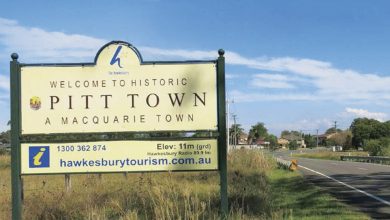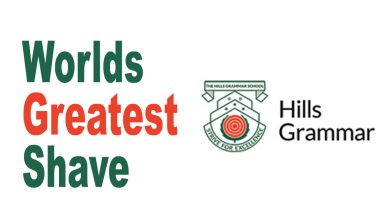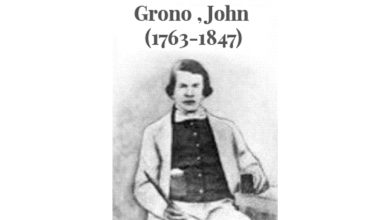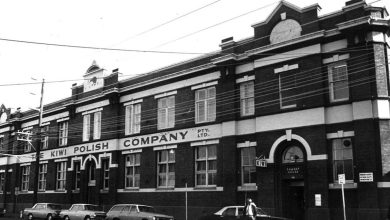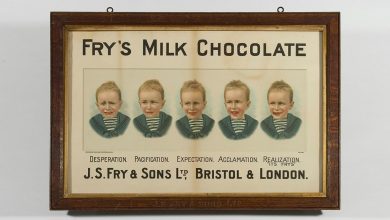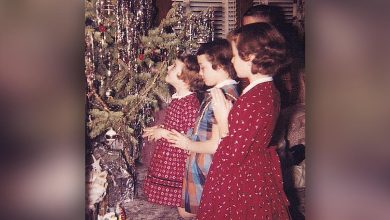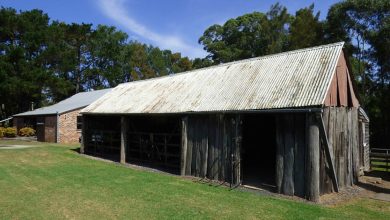Governor King presented to Verincourt De Clambe a grant of land on the high point overlooking present day shopping centre and suburb of Castle Hill in 1801. At the time rumour had it that De Clambe planned to build a castle befitting his social status. He has been recorded as having various titles: Baron, Chevalier, Colonel or Lieutenant. It is noteworthy that De Clambe had received his selection on the best land and on the threshold of the 34,000 acre government common which stretched northwards to the Hawkesbury River. The reality of constructing a castle, when there were few resources, demanded that a simple timber slab hut was the only option.
The residence was named The Hermitage and has survived 200 years through the fortunate use of turpentine timber which is resistant to termites and which was cut on the estate. A secondary dwelling was built around the original which further protected this historic structure. It is considered by historians a possibility that The Hermitage is the oldest surviving slab building in Sydney. It is located at 340 Old Northern Road (Rogans Hill) occupied by Hills Family Funerals Limited.
The Colonial Experiment That Really Worked!
Governor Arthur Phillip had farming experience from the days when he moved to the New Forest in the south of England with his bride in 1763. The sandy soil of Botany Bay was of little agricultural value and the First Fleet moved to Port Jackson where a fresh water stream offered a chance for success. Seeds and cuttings planted on the shore of Farm Cove did not thrive and Phillip explored westwards until he discovered the fertile lands he named Rose Hill.
Very few members of the First Fleet were skilled in farming, but convict James Ruse said he had worked as a husbandman in Cornwall and would be able to grow enough food to support himself. Land grant number one issued by Arthur Phillip in 1790 gave James Ruse a thirty acre parcel on the southern side of the Parramatta River. Ruse was provided with a hut, given grain for the first years of sowing and implements to till the soil, plus two sow pigs and six hens. Governor Phillip named the property Experiment Farm.
Elizabeth Perry, transported for seven years for theft, had arrived on the Lady Juliana in June 1790 and married Ruse in September of that year. She was the first woman convict in New South Wales to be emancipated [to be set free]. The farm succeeded and in 1791 Ruse reported he was able to maintain himself although his wife still had to draw rations from government stores since she was expecting their first child.
In 1793 Ruse sold his farm to Surgeon John Harris who increased his land holdings to 150 acres carrying cattle, horses and sheep as well as crops. This land is now known as the suburb of Harris Park.


